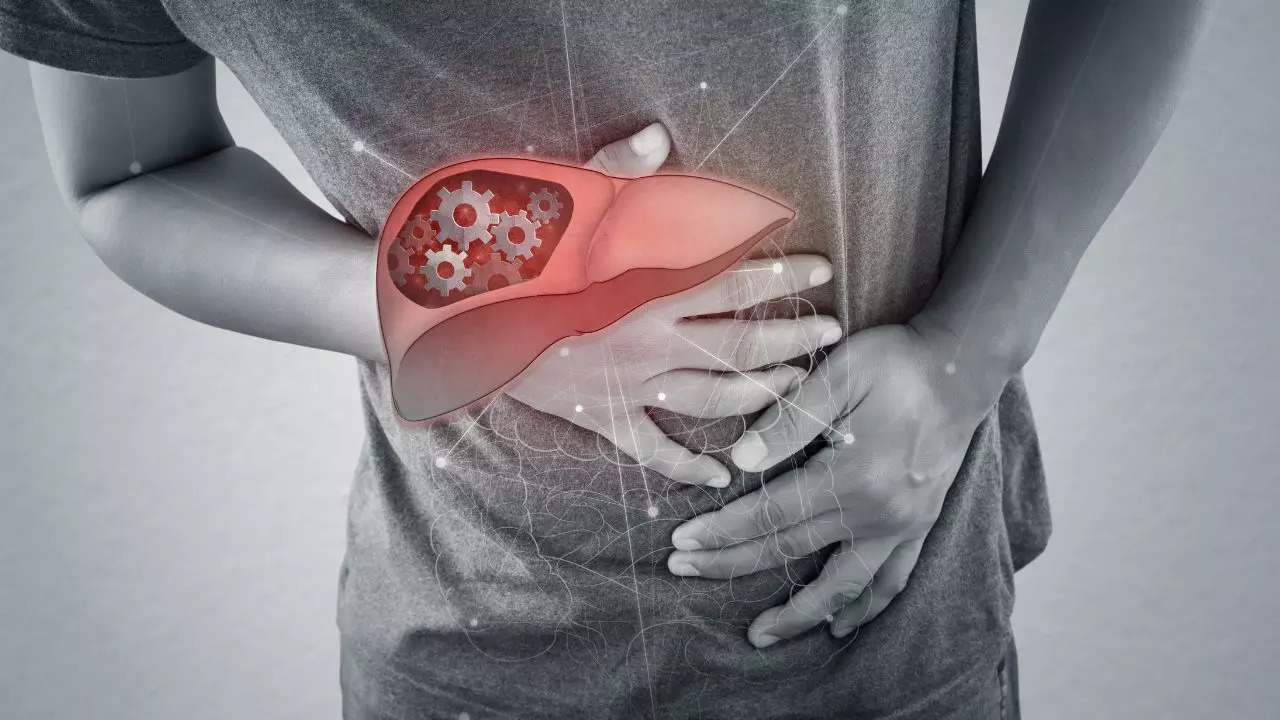Contents
-
news
-
Health
4 out of 10 US adults suffer from fatty liver disease; Know the risk factors and ways to prevent it
A new study finds that obesity, alcohol use and other factors are increasing rates of fatty liver disease in American adults. The new study was based on data from the 2017-2018 National Health and Nutrition Examination Survey, which looked at the health of 5,523 adults. Read on to know the risk factors for fatty liver and ways to prevent it.

4 out of 10 US adults suffer from fatty liver disease
A new research published in the journal Nature Communications Medicine found that obesity, alcohol use and other factors are increasing the rate fatty liver disease among American adults. By 2018, federal data showed that 42% of adults had some form of fatty liver disease, higher than prior estimates, according to a team led by Dr. Juan Pablo Arabo at Virginia Commonwealth University’s Institute for Fatty Liver Disease. He is a liver specialist in liver disease. Metabolic Health, Richmond.
According to a US News report, the team noted that Hispanic adults were at particularly high risk, with nearly half (47%) of them affected. Arab’s team explained that fatty liver disease occurs in many forms but involves the slow accumulation of fat within the liver.
There are three main types of fatty liver disease: metabolic dysfunction-associated steatotic liver disease (MASLD, which is caused by metabolic factors such as obesity and diabetes), alcohol-associated liver disease (ALD), and a combination of both syndromes, called metaLD. Is.
The new study was based on data from the 2017-2018 National Health and Nutrition Examination Survey, which looked at the health of 5,523 adults. MASLD is by far the most common form of liver disease, affecting 42% of adults. ALD and MetALD affect a very small percentage of adults, 1.7% and 0.6% respectively.
The rate of fatty liver disease was more common in men than women and increased with age. The higher rate of MASLD among Hispanics was surprising, given that a 2014 study found that at that time a much lower rate of Hispanics, 29%, had the disease.
Researchers say genetics, as well as relatively high rates of obesity and diabetes, may explain why Hispanics are particularly susceptible to MASLD. Researchers say obesity and type 2 diabetes are major factors causing the increase in MASLD cases.
About 65% of overweight adults have MASLD, rising to 90% in those who are morbidly obese, the researchers said. At the same time, 70% of patients with type 2 diabetes also have MASLD.
“This study highlights an important health issue that affects a large portion of the U.S. population, and shows that certain groups are at greater risk,” Arab said in a university news release. We hope that these findings will guide more targeted health interventions to reduce the burden of liver disease, especially in high-risk communities.
Risk Factors for Fatty Liver Disease
There are several diseases and health conditions that can increase the risk of fatty liver disease. Here, take a look at them.
- Family history of fatty liver disease or obesity
- Growth hormone deficiency, which means the body doesn’t make enough hormone to grow
- high cholesterol
- high levels of triglycerides in the blood
- insulin resistance
- metabolic syndrome
- Obesity, especially when fat is concentrated around the waist
- polycystic ovary syndrome
- obstructive sleep apnea
- type 2 diabetes
- underactive thyroid
- Inactive pituitary gland.
Tips to Prevent Fatty Liver Disease
- Maintain a healthy weight: Aim for a balanced weight as even moderate weight loss can reduce liver fat.
- Follow a liver-friendly diet: Focus on a diet that’s high in fiber, vegetables, fruits, and whole grains and low in saturated fats, refined sugars, and processed foods.
- Limit sugar intake: Reduce your intake of sugary drinks, snacks and high fructose corn syrup as excess sugar can be converted to fat in the liver.
- physical activity: Aim to get at least 150 minutes of moderate exercise per week, such as brisk walking, cycling or swimming.
- Avoid or limit alcohol intake: Since alcohol can impair liver health, avoid it or follow recommended guidelines if you choose to drink alcohol.
- Be careful with medications and supplements: Some medications and supplements can stress the liver, so take them as directed and consult a doctor about any new supplements.
- Monitor blood sugar and cholesterol levels: High blood sugar and cholesterol levels can increase liver fat, so regular checkups can help keep these within normal limits.
- Regular Health Checkup: Regular blood tests can help track liver health, especially if you have other risk factors.
Get the latest news live on Times Now with breaking news and top headlines from around the world.
fatty liver disease


